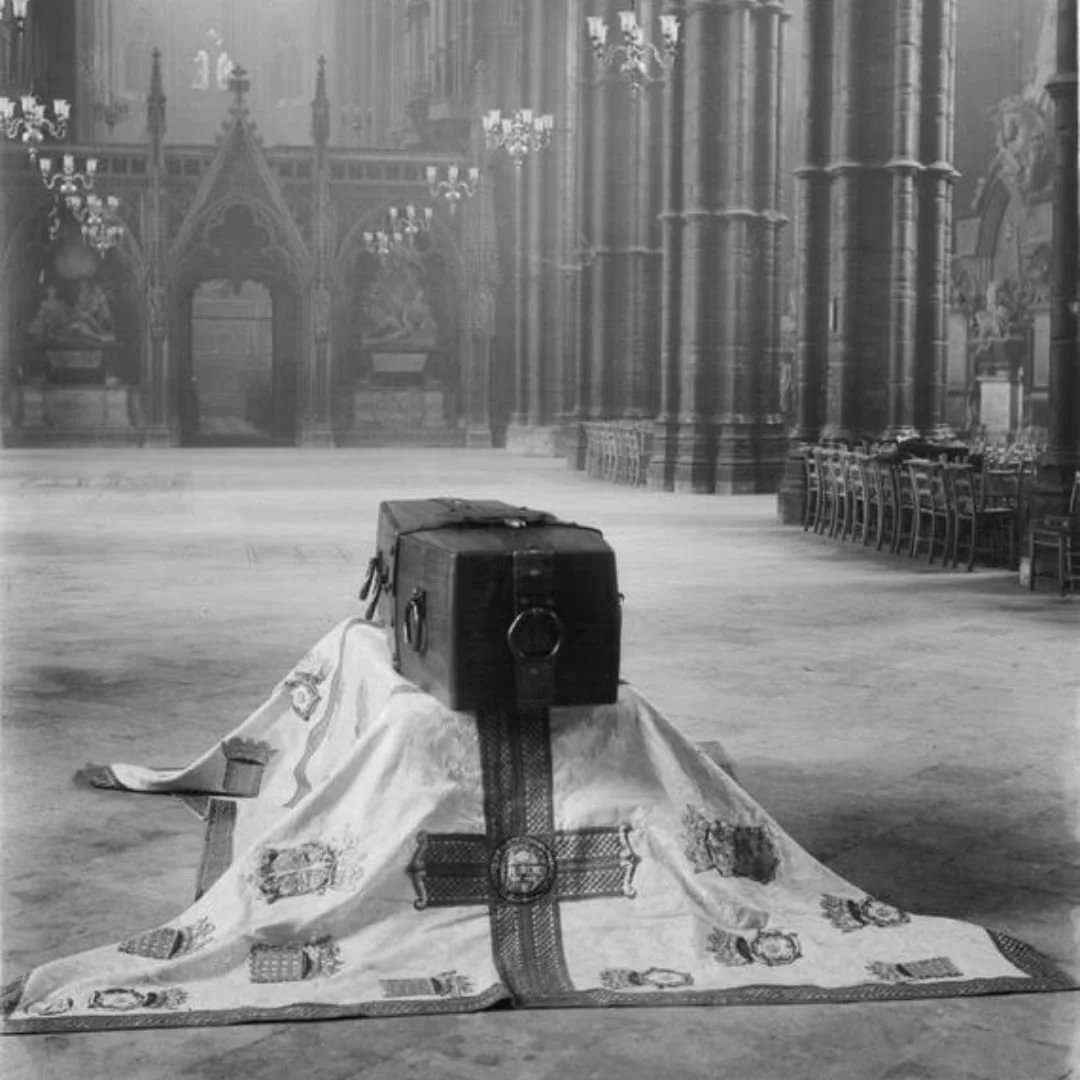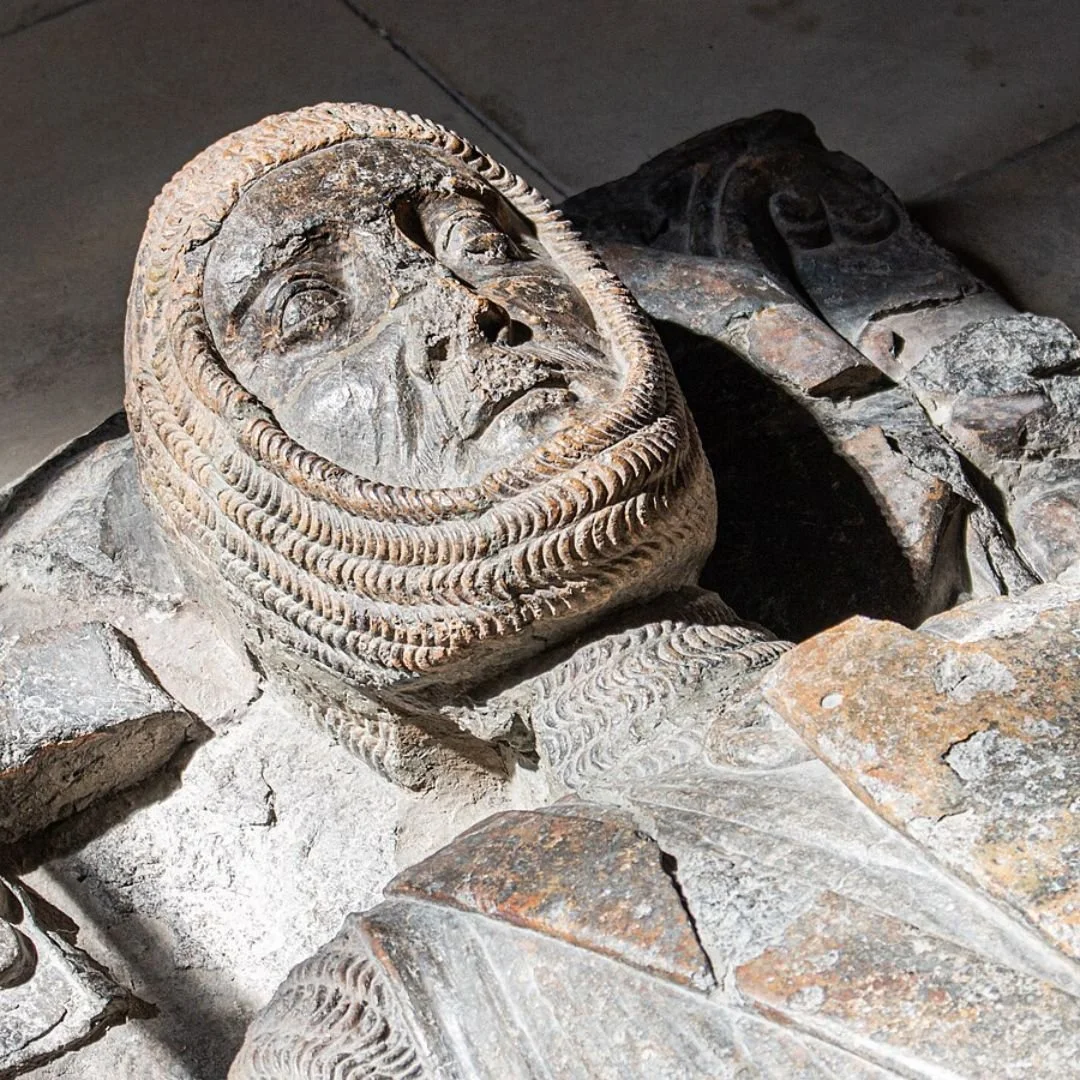Graffiti Sparks Debate at Canterbury Cathedral
“That's awful, how could that be allowed?”; hundreds of people have taken to social media today (Friday 10 October) to have their say on Canterbury Cathedral’s new art installation.
Credit: Canterbury Cathedral
The ancient walls of Canterbury Cathedral, one of the oldest Christian structures in England, have been graffitied.
It has sparked a mix of awe and controversy with its newest art installation (called Hear Us), a daring and interactive exhibit in which ordinary people pose questions to God.
Ahead of its official launch on 17 October 2025, visitors have described visceral reactions to the graffiti-style graphics and deeply personal queries adorning the Cathedral’s ancient walls, pillars, and floors.
Credit: Canterbury Cathedral
It has even caught the attention of US Vice-President JD Vance, who criticised the installation with a short statement on X (formerly Twitter).
He posted ‘It is weird to me that these people don't see the irony of honouring "marginalised communities" by making a beautiful historical building really ugly.’
The post has so far been liked by more than 60,000 people.
One person commented: “The most magnificent example of human endeavour, defaced in the name of modern diversity. Instead of upholding its values and beautiful grace.”
Another person added: “It’s only temporary (thank goodness) but maybe I’ll be challenged. I loathe graffiti and generally equate it with vandalism.”
Some people, however, have shown support for the installations, arguing “I love Canterbury for being provocative sometimes. Churches have always been places of art opening up new horizons.”
The cathedral announced that the project partnered with marginalised communities, such as Punjabi, black and brown diaspora, neurodivergent, and LGBTQIA+ groups.
The installation features questions ranging from the existential - “Does everything have a soul?” - to the morally reflective - “Why did you create hate when love is by far more powerful?”.
Earlier this year, workshops were held across local communities, inviting participants to explore poetry, curiosity, and spiritual authority.
Their responses were transformed into impactful graffiti-style lettering, now carefully and sensitively displayed throughout the ancient Cathedral.
The juxtaposition of contemporary artwork against centuries-old architecture challenges traditional notions of worship, suggesting that spirituality is a living, evolving journey rather than a static practice.
Credit: Canterbury Cathedral
Dean of Canterbury, David Monteith, acknowledged the divisive nature of the installation. “There is a rawness which is magnified by the graffiti style which is disruptive.
There is also an authenticity in what is said because it is unfiltered and not tidied up or sanitised,” he said.
While many visitors have praised Hear Us for its artistry and emotional resonance, others have expressed discomfort, with some calling it “sacrilegious” or comparing parts of the Cathedral’s interior to “an underground car park in Peckham.”
Hear Us will remain on display until 18 January 2026, free to view.
The Cathedral is also hosting a special programme of complementary events, including artist talks, historic graffiti tours, Mini Talks, and family-friendly graffiti-themed activities.
The installation invites visitors to not only witness a collision of contemporary art and historic architecture but also to reflect on their own spiritual questions, bridging generations and experiences in one of Britain’s most iconic sacred spaces.
Credit: Canterbury Cathedral
The cathedral itself, founded in 597 AD by St. Augustine, is one of the oldest and most iconic Christian sites in England.
Over the centuries, it has been a centre of pilgrimage, worship, and religious authority, famously associated with the murder of Archbishop Thomas Becket in 1170.
The Cathedral’s architecture spans Romanesque and Gothic styles, featuring intricate stonework, towering spires, and stunning stained-glass windows. As the mother church of the Anglican Communion and a UNESCO World Heritage Site.
For those wondering, this art is ‘temporary’ and it can be removed.
What do you think of the new installation, will you be going to see it?
If you enjoyed this blog post, please follow Exploring GB on Facebook for more.
Don’t forget to check out our latest blog posts below!
Thank you for visiting Exploring GB.


















